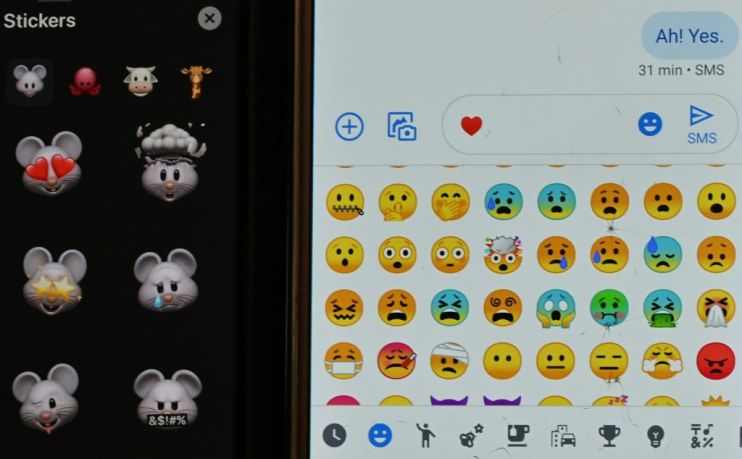It’s time for marketers to give the emoji a thumbs up and a smiley face

There is a clear rule of thumb in the world of marketing: emojis equal engagement. Emails with an emoji in the subject line have better click-throughs, and social media posts with images get more responses.
Given this, why do some marketers still feel that these modern-day hieroglyphics are a formality fail, especially in a business setting?
Emoji usage by businesses is still relatively new. After all, they only hit the mainstream in 2012 when Apple released iOS 6, and iPhone owners discovered the emoji keyboard.
Today, people send billions of emojis every day across social media and messaging platforms. For generation Z, who have grown up in a digitised world, emojis have always formed an integral part of their written communication.
But businesses are always slower than consumers — normally to their detriment. Words alone don’t cut it anymore, as they don’t reflect the language changes of customers.
Emojis add a whole new layer to text, communicating emotion, tone, and feeling. An emoji in an email just feels “friendlier”. They can also help avoid conflict or misunderstandings, because they help convey a tone. Who doesn’t feel better about asking someone to do something when they can add a smiley face? Plus, let’s be fair, it’s also much quicker to respond to a message with a thumbs up, especially when you are on the move.
These icons really do have the power to break down barriers: by engaging with your target market in the way that they communicate, you can truly humanise your brand and show your customers that you aren’t afraid to speak to them on a more personal level. The key is to make sure that you are matching the right symbols and pictures to support your content and tone.
Of course, you need to apply some general principles when using emojis — not to mention common sense.
To get started, it’s best to use them in a real-time setting, whether that is through chat, social media or on feedback buttons. Train your agents and social media teams to sense the tone with customers — if the customer isn’t using emojis, then it’s best not to go overboard with them.
It’s also important to have some key select emojis that are on brand, so be sure to avoid anything cryptic. And check that your staff are sure of the meaning of every emoji they use — some emojis have rather surprising adult connotations.
Lastly, remember that emojis can complement and enrich a message — but they can’t replace it.
Sign up to City A.M.’s Midday Update newsletter, delivered to your inbox every lunchtime
Main image credit: Getty